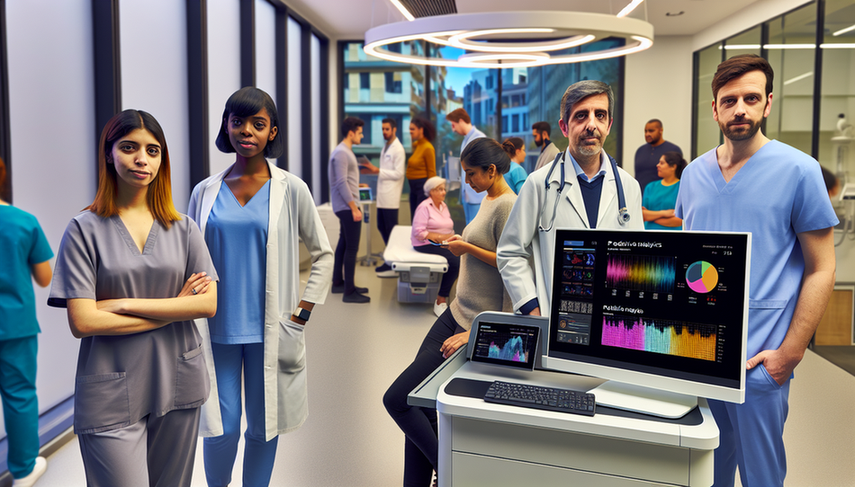Predictive Analytics and Disease Patterns: Enhancing Primary Care and Population Health

In the information age, predictive analytics and the study of disease patterns are transforming primary care and population health. These tools enable healthcare professionals to anticipate risks, personalize treatments, and enhance the efficiency of the healthcare system. The integration of clinical, genetic, and behavioral data into predictive models is revolutionizing how we approach disease prevention and treatment.
Diving Deeper into Predictive Analytics and Disease Patterns
Predictive analytics relies on the use of historical data and advanced algorithms to forecast future events. In the health sector, this translates into the ability to identify individuals at risk of developing chronic diseases, such as cardiovascular conditions or diabetes, before they exhibit symptoms. A recent study highlights how the integration of artificial intelligence in radiology can optimize workflow and improve early disease detection at the population level (see study).
Moreover, identifying disease patterns through large genetic and clinical databases allows physicians to tailor treatments. For instance, an analysis of genetic variations in over 60,000 individuals has provided objective metrics of pathogenicity for sequence variants, facilitating the identification of genes subject to strong selection against various classes of mutation (see study).
The implementation of programs like Ira-PEN in Iran, which assesses the 10-year risk of cardiovascular diseases, demonstrates how predictive analytics can be integrated into primary care to manage risk factors for non-communicable diseases at a national level (see study).
Conclusions
Predictive analytics and the study of disease patterns are redefining primary care and population health. These tools not only enhance physicians' ability to anticipate and treat diseases but also optimize resource allocation and improve patients' quality of life. As we continue to integrate these technologies into clinical practice, it is crucial for healthcare professionals to stay informed and trained to maximize their potential.
References
- [1] Harnessing artificial intelligence in radiology to augment population health
- [2] Analysis of protein-coding genetic variation in 60,706 humans
- [3] Assessing and predicting the trend of cardiovascular risk factors in 40-80-year population based on the Ira-PEN program as an integrated service in primary health care
Created 24/1/2025
